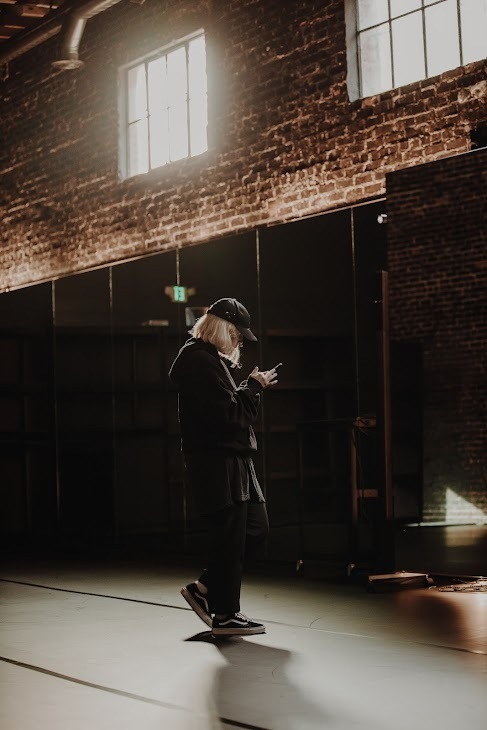
Technology has brought positive and negative effects to all areas of our lives, at different speeds. The way we communicate, relate, and purchase things were some of the first areas of life that transformed. Now, the arts are seeing a variety of changes. Technology has threatened art galleries, but also allowed self-proclaimed artists to promote their work and find industry connections. Similarly, the field of dance has been augmented. Dancers who could only access professional lessons in studios now have a wealth of online courses and live streams available. However, some of these shifts require traditional industry practices and techniques to change. Mackenzie Martin, a contemporary choreographer and director who is a serial entrepreneur shares her thoughts on what the future of dance may look like.
As the owner of five different creative businesses, Mackenzie understands what positions creatives are in. Since she began her career as a contemporary dancer, choreographer, and creative director, Mackenzie has seen the world change. She has seen the ways the internet revolutionized the idea of artistry and how it can be experienced, bought and sold. Additionally, as a young woman in her 30s, she stays up to date with social media trends and emerging technologies like AI and Web3. While Mackenzie is always aware of the potential negatives of these innovations, she likes to stay optimistic and fluid.
Humans have evolved with the introduction of many striking inventions, and Mackenzie sees technology as something that will ultimately improve the lives people live–as long as they find balance.
There was a distinct shift in the world of dance as the COVID-19 pandemic began. Mackenzie was teaching dance at a college, as well as offering her own classes on zoom at the time and had to cope with the move to virtual instruction. While it took away the feeling of immersive community and the structure of in-studio practices, she could see the benefits. In some ways, Mackenzie thinks it might’ve allowed people to feel more confident and comfortable in participating in dance classes since everyone has moments of insecurity. However, post-pandemic when virtual classes became uncommon, Mackenzie saw a dip in attendance for in-studio dance classes. “A new class taking culture has emerged post pandemic, and as a community we’re still in the journey of figuring out what that looks like.”
“The pandemic opened up a world of convenience that many of us never imagined possible,” says Martin, “Dancers, school students, and even employees received more convenience and schedule flexibility in their lives than ever before. They no longer had to worry about commuting, the stress of back to back scheduling, and the demands and requirements of showing up in a unified physical location, but as we all adjusted to quarantine rules and general isolation, we saw the drawbacks. Cabin fever, social anxiety, and mental health challenges became something we all struggled with, and those things naturally affect our pursuit of a creative art like dance.”
Although the pandemic changed interest levels in dance, it has allowed artists increased opportunities to be recognized and receive global resources to practice their craft. The more dancers that use technology to their advantage will allow the industry to create more opportunities for others looking to dance professionally.
Mackenzie expresses her excitement about the ownership and protection dancers can receive from NFT and Web3 technologies. “Any dancer that wants to work professionally has an online portfolio for promoting their work, and I imagine they’ll be using Web3 technology to monetize their art. I’m looking forward to these changes, but I also think it’s important for dancers to understand that technology alters the way we consume dance, converse with it, and relate it to the world. Social media has increased demand for short-form, vertical content (even altering movement styles and the formatting of choreography to fit inside a vertical frame, as opposed to wide view of a performance stage) and shifted the conversation away from the long form works of art and performances we were used to. Identifying those shifts and adapting to future technology will be crucial to recognize. It will ask artists to consider its impact and navigate alongside, implement, or resist the intersection of movement and technology as dance evolves.”

Dancers should stay open-minded to the benefits of emerging technologies. Adapting to these changes isn’t essential, but technology continues to demonstrate it’s a major player in our cultural and economic development. It’s important to recognize that the evolution of technology impacts dance as a profession and art form, and staying in conversation with it is essential in moving the language of dance forward. Mackenzie Martin will be doing the same for herself and her students as dance is meant to be a human-centered art that celebrates the joy of movement and artistic expression.
Media Contact
Name: Mackenzie Martin
Email: [email protected]






